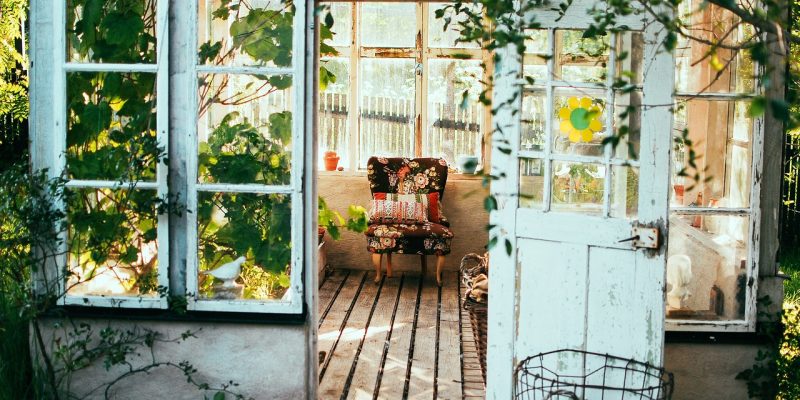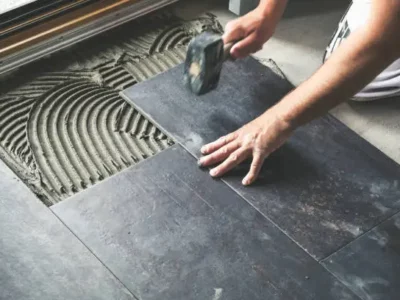Home furnishing can be just as thrilling (if not more) as buying your first home. You’ll go through similar ups and downs as you did when searching for a house, only this time, you’ll be looking for the perfect pieces to fit in every nook and cranny.
But what do you do when your hands are tied by a strict budget? Plus, furniture prices are on an upswing, and the market doesn’t seem to want to calm down anytime soon.
The good news is that if you approach this task with an open mind and patience, the tight budget won’t be a problem. In fact, it may bring new opportunities in your way as you leave behind the standard path of buying furniture from specialized stores.
If you’re curious, continue reading and learn about how to furnish your home on a strict budget.
Decide Your Budget’s Absolute Limit
Furnishing a new home can be an exhilarating chapter in your life. However, even if you’re not on a tight budget, it’s easy to get caught in a spending frenzy. And it’s not necessarily because you want the most in-vogue pieces – the overall cost of furniture and home remodeling is continuously increasing due to an all-time high inflation rate.
According to recent data, homeowners spend between 10% and 50% for furniture of what they paid on the house. This is a rather big range, but it all depends on the size of the house and your budget.
For instance, the average apartment dweller pays between $7,000 to $11,000 to furnish their living room, dining room, and bedroom. This is why it’s important to analyze your current budget and decide on some spending limits. For instance, you can draw a hard line at $7,000 for this round of furnishing and decide to spend 70% of this budget on buying must-have items.
We know not everyone is fond of minimalism (although it is a wonderful trend), but it can be a good starting point.
Consider Alternative Methods
Not all your furniture needs to come from a store or a deposit. In fact, if you widen your search area and opportunities, you increase the chance of finding some truly unique pieces.
Here are a few non-traditional avenues you can (and should) explore:
Furniture Rentals
Nowadays, you can rent your furniture instead of buying it. But why would anyone do such a thing?
Well, renting furniture allows you to enjoy high-quality, trendy pieces without breaking the bank. Also, it gives you the flexibility to change up your interiors periodically at a fraction of the purchase price. Plus, it’s a great option if your living situation is temporary or fluid.
Home Stagers
Homeowners and real estate agents often hire cost-effective staging rentals when preparing a house for sale. These professionals purchase or rent furniture strictly for staging homes for sale, and once they’re done with a particular furniture item or set, they’ll put it up for sale at a lower price.
These pieces tend to be stylish, lightly used, and well-maintained, so it’s the perfect chance to get that amazing sofa and respect your budget’s limits.
Second-Hand Furniture Pieces
We know you want the best furniture for your new home, but you shouldn’t overlook old second-hand furniture options like thrift stores or online marketplaces. It may take a bit more of your time, but you can find some truly amazing pieces if you look well enough.
Plus, buying pre-loved furniture items is a great way to make a contribution to saving the planet. And who knows, maybe you’re lucky enough to find a high-quality vintage piece that adds character to your room.
Prioritize Your Needs
You’ll need to establish which furniture pieces are essential and which can be skipped or bought later.
For this, consider the spaces in your home that see daily action, like the living room, dining area, kitchen, and bedroom(s). Accessories that make these areas cozy and functional, like a comfy sofa for relaxation time, a sturdy dining table for family meals, or a snug bed for a restful sleep, should be non-negotiables on your checklist. It might also help if you create a checklist for furnishing your property to help identify your needs.
Also, in areas like the kitchen, it’s best to focus on functionality first and add the accessories and decorative elements as time goes by and your budget situation improves. And don’t forget about clever storage solutions – all those boxes, clothes, kitchenware, and miscellanea must go somewhere!
Find an assortment of shelves, wardrobes, or dressers to keep things neat and tidy. Not only are they practical, but they also add texture to space, so they double up as decorative elements.
Purchases that can wait are anything you won’t be using right away, such as artwork, rugs, decorative pillows, fancy chairs, and so on. These more whimsical decor details can be added at a later date in time.
Wrap Up
In summary, as long as you know your limits, prioritize your needs, and open yourself up to less orthodox ways of buying furniture, there’s no need to worry. In fact, it’s quite natural to want to turn furnishing your home into a long-term, constantly changing, and evolving project.




















